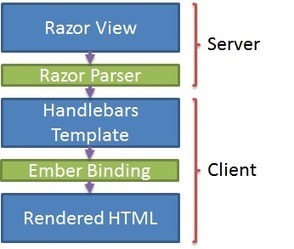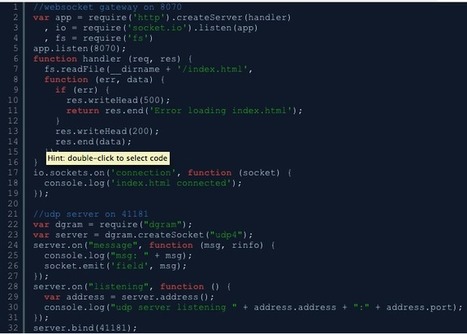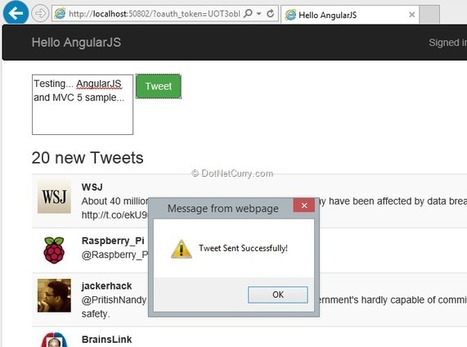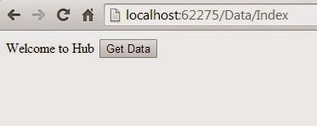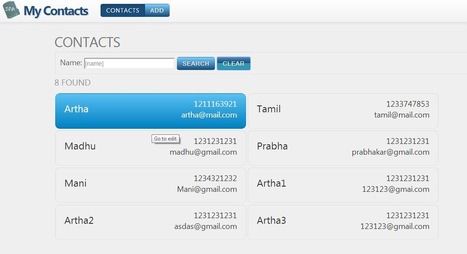In our last post, we brought everything together to build composable blocks of tags driven off of metadata. We did this to make sure that when a concept exists in our application, it’s only defined once and the rest of our system builds off of this concept. This reduces logic duplication across several layers, ensuring that we don’t have to “remember” to do repetitive tasks, like a required field needing an asterisk and data attributes.
All of this works great because we’ve got all the information at our disposal on the server-side, and we can push the completed product down to the client (browser). But what if we’re building a SPA, using Angular or Knockout or Ember or Backbone? Do we have to revert back to our old ways of duplication? Or can we have the best of both worlds?
There tend to be three general approaches:
- Just hard code it and accept the duplication
- Include metadata in your JSON API calls, through hypermedia or other means
- Build intelligence into templates
I’ve done all three, and each have their benefits and drawbacks. Most teams I talk to go with #1, and some go with #2. Very few teams I meet even think about #3.




 Your new post is loading...
Your new post is loading...
